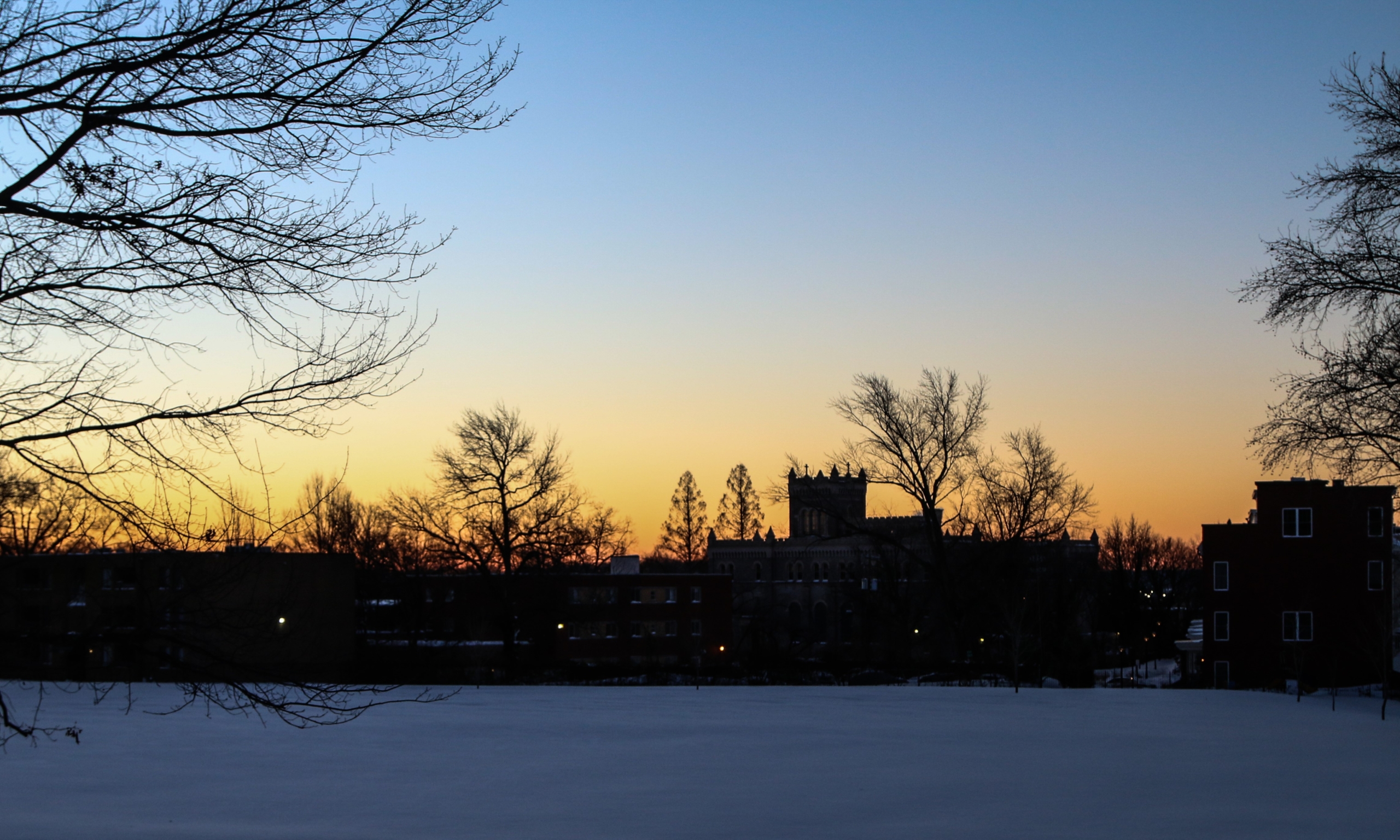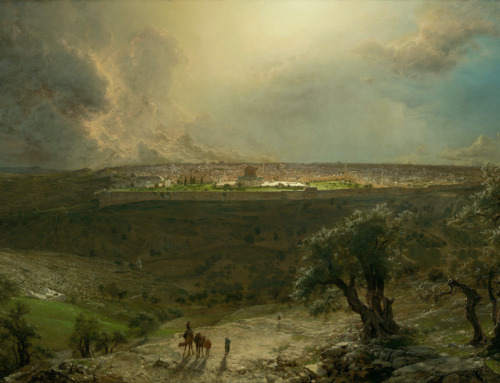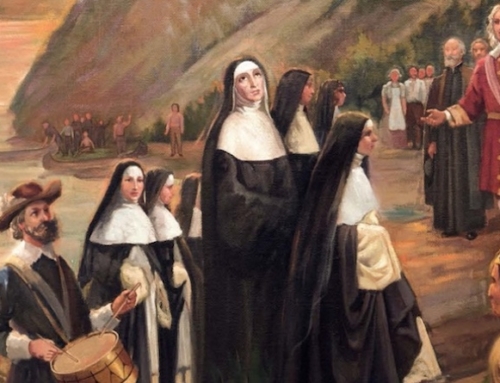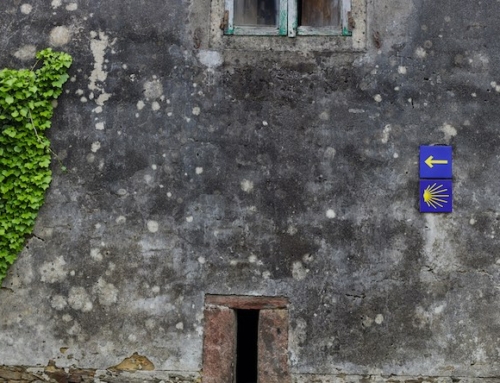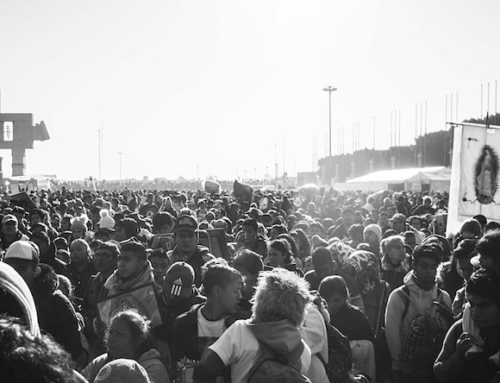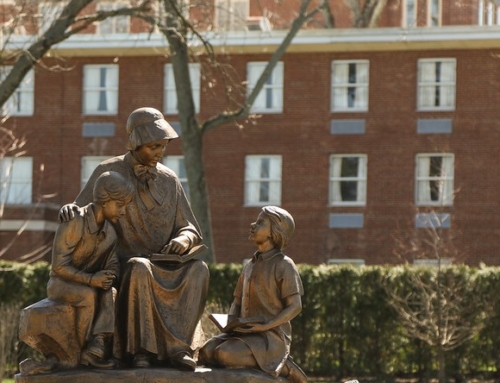2020 Advent Series: O Oriens
“O Rising Sun,
splendour of light eternal and sun of justice:
Come and enlighten those who dwell in darkness and the shadow of death. ”
In The Spirit of the Liturgy, Joseph Ratzinger opens with a discussion about the cosmic aspect of the liturgy. Ratzinger, who would later become Pope Benedict XVI, says that “the empirical conditions of life in this world are still in force, but they have been burst open, and must be more and more burst open, in preparation for the final fulfillment already inaugurated in Christ” (The Spirit of the Liturgy, 54). By looking at the cosmos, we are able to see the wonders of God “burst open” right before our eyes. In the movement of planets and the change of seasons on earth, we recognize that the cosmos teaches us something about the coming of the Messiah. Such an interpretation of the cosmos is evident in today’s O Antiphon—O Oriens.
O Oriens—the rising sun, the dayspring, or quite literally, the one rising from the East. The imagery of the rising sun emphasizes the theme of light that pervades this antiphon. The first line of the antiphon calls upon Christ, the rising sun, who is also the “splendor of eternal light, and sun of justice.” In the second line, the petitioner begs him to “come, and illumine those sitting in darkness and the shadow of death.”
Yet praying this antiphon today, with its strong emphasis on light, seems like a paradox. It is on the winter solstice, the shortest day of the year, that the Church beckons Christ, the O Oriens, to come with his light, while the world treasures the few precious moments of sunlight that this day provides. As we long for light in the midst of this day’s darkness, our sentiment reflects the hard reality of the people of Israel, who were experiencing their own winter solstice before the coming of Christ. The days of David and Solomon, full of regal splendor, were long gone. Exile had gripped the nation, only to be followed by foreign occupation when the people returned home. The promises of the Lord regarding an everlasting covenant with David seemed all but forgotten.
But winter does not last forever. Though darkness pervades the cosmos for a time, light eventually returns. Today is the shortest day of the year, but from now on the days will start to get longer, with each day having a little more light than the one before. In the ordering of the cosmos and the change of seasons, we learn a lesson about our own redemption. Christ is the true light, the dayspring arising, who comes to shatter the coldness and darkness in our lives. For the people of Israel sitting in darkness, a glimmer of light came upon them when they heard the promise of a Messiah, who would deliver them from oppression. They began to have hope that light would shine forth in the midst of darkness. At the birth of Christ, who is the “dawn from on high” (Luke 1:78), this light shone in all its wonder. No longer does the world sit in darkness and the shadow of death. Christ our light has come, shining forth like the rising sun. He enlightens our minds with his truth, and warms our hearts with his mercy and forgiveness.
As the Church prays today for the coming of the Oriens, she does so by entering into the cosmic aspect of the liturgy, which Ratzinger discusses. Christ is the Lord of the universe, who orders all things according to the Providence of God. Even when things seem to be in darkness and gloom, Christ comes with the radiance of his light. He does this in the cosmos. He does this by his birth in time. And he does this in our own lives. Come, O light of Christ, rising in our midst, and scatter the darkness of sin and division in our lives. Heal us with the rays of your everlasting light!
✠
Photo by Fr. Lawrence Lew, O.P. (used with permission)

